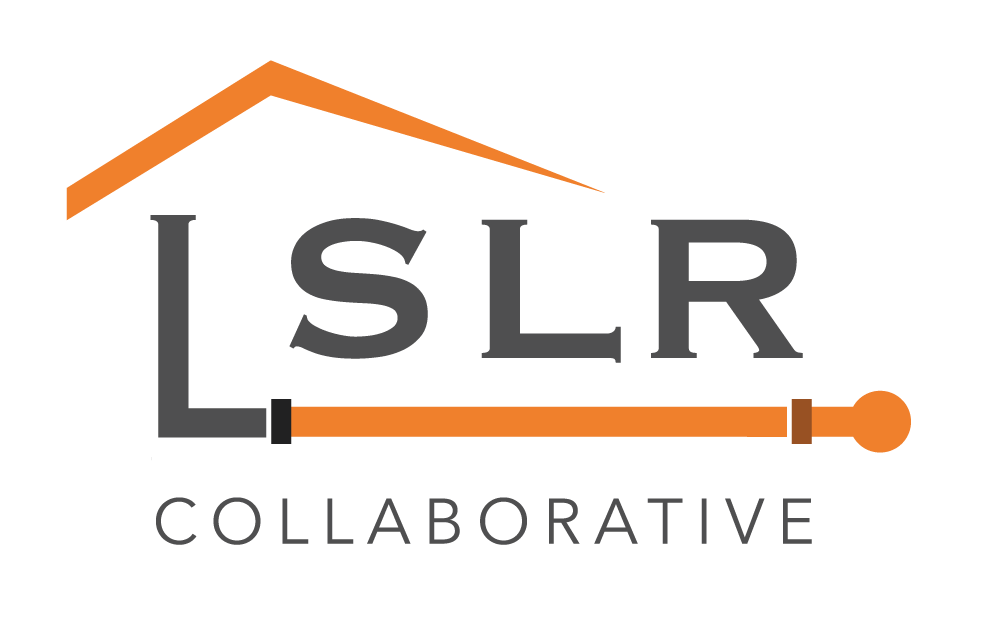|
Dayton Daily News See the full article online. The city of Dayton says it will notify property owners when it is working on water infrastructure that may include lead service lines. The city says it will comply with new state regulations that require it send residents and business owners a 45-day notice when working on projects that may affect lead service lines. Property owners who may have lead water service lines in a planned project area will receive the notices as well as “resource packets,” the city said. The packets will contain lead test kits and sample collection containers. They will provide instructions about how to flush water systems. They will offer a free water pitcher filter and replacement cartridges. And they will have an educational brochure and information about private water service line replacements.
The city’s goal is to replace about 1 percent of the city’s water distribution system each year, which adds up to about eight miles of lines each year. The city replaces lead pipes it finds in the portions of the city it operates. The city will notify property owners if it finds private service lines that contain lead. The costs of replacing private lines are the responsibility of property owners. But the city says it will help coordinate the replacement of the private lines with a plumber chosen by the properly owner. “Hearing the word ‘lead’ can really be frustrating and intimidating for residents and business owners,” said Michael Powell, director of the Department of Water, in a statement. “It is important to us to find a way to help residents identify pipe materials of the privately owned portion of the water service line.” The city says it started a repair and replacement program for its water distribution system in 2013. The work involves the replacement of distribution mains, valves and hydrants. The city says its compliance and partnership with the Ohio Environmental Protection Agency ensure that residents and customers will continue receiving safe and reliable drinking water. Comments are closed.
|
Have a suggestion for an article or blog to add?
Let us know! Type
All
Date
April 2023
|


 RSS Feed
RSS Feed